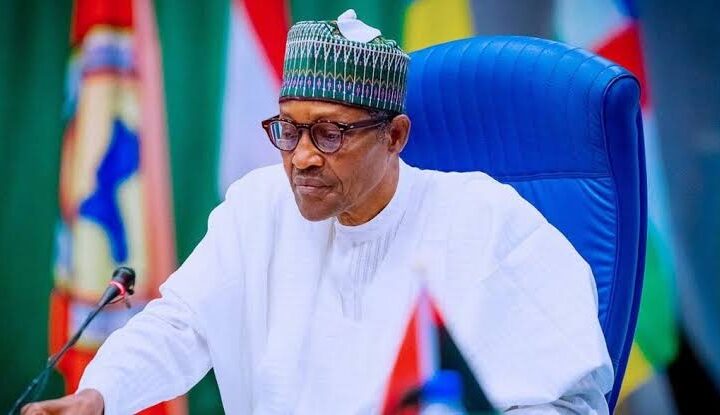As he rebalanced the nation’s foreign policy and appointed reputable economic managers, Philippine President Ferdinand Marcos Jr. marks his first year in office with robust growth and rising business sentiment.
Marcos acknowledged that fulfilling his campaign pledges to restructure the economy is still a work in progress as his administration enters its second year and faces the possibility of declining demand amid high inflation.
He told reporters on Thursday that “we have to keep in mind that the international situation has changed in terms of trade, in terms of geopolitics, so we are having to adjust with that.” “Agile and resilient economies are the most successful economies, and I believe we have the fundamental building blocks in place to achieve that.”
According to Fritz Ocampo, chief investment officer at BDO Unibank Inc., the largest bank in the nation and someone who helps manage around $34 billion, Marcos, who still enjoys a high level of support, must use his political capital to encourage investment, create jobs, increase supplies, and help lower prices and interest rates.
Despite the mistrust that followed the resounding victory of Ferdinand Marcos Jr., the 65-year-old son of the late Philippine dictator Ferdinand Sr. who reigned for two decades, “all the doomsday scenarios didn’t happen,” Ocampo remarked.
Although the Philippines surpassed several of its neighbors in the most recent quarter, it is still unclear if it can continue to have robust growth in the face of a faltering global economy. Consumption, a major factor in growth, had slowed due to borrowing costs that were at a 16-year high and persistent
“We see that the pent-up demand is waning, but that this means that we are going to moderation that’s also good for inflation,” said Undersecretary Rosemarie Edillon of the economic planning department.
Food Safety
Like many of his predecessors, Marcos named himself secretary of agriculture with the goal of achieving food self-sufficiency. Onions and sugar shortages during his single six-year term contributed to the beginning of 2023 seeing the fastest inflation in 14 years.
Despite the improvement in supplies, there are still dangers to food security, such as the possible effects of the El Nino weather trend and African swine flu. The rise in rice prices calls into question Marcos’ election campaign pledge to lower the price of the common grain.
Leonardo Lanzona, a professor of economics at Ateneo de Manila University, believes the government must address logistical problems in agriculture and make sure that reforms are advantageous to farmers. We undoubtedly require someone with more expertise in the agricultural industry, particularly with regard to the distribution issue.
Financial Room
The Philippines’ fiscal room is still limited, despite the fact that the budget deficit has decreased since reaching a record high in 2021. The question of money comes up as the government prepares a 9 trillion peso ($162.7 billion) infrastructure initiative.
According to Michael Ricafort, chief economist at Rizal Commercial Banking Corp., “fiscal reform measures are urgently needed to further boost revenue through new or higher taxes, intensified collections, as well as more restrained government spending.”
Nevertheless, during his first year in power, Marcos’ market-friendly measures helped local equities rise, with the major index rising by more than 5% from June 2022, considerably outperforming the market’s performance under Rodrigo Duterte.
The economic team wants to charge plastics, unhealthy food, and digital services. In an effort to reduce fiscal burden and reduce the budget deficit from almost 7% of economic output last year to 3% of economic output by the end of Marcos’ term in 2028, the government is also courting private corporations to help build airports, trains, and other crucial infrastructure.
Investments
Since he assumed office a year ago, S. Marcos has made 13 travels abroad, garnering 3.48 trillion pesos worth of investment commitments, according to a statement from his office in February. 239 billion pesos of the total have manifested in various phases of implementation.
While additional industries, such as renewables, have been made accessible to foreign investors, more must to be done for the Philippines to catch up to its neighbors. After declining by more than 23% in the entire year of 2022, net foreign direct investments decreased 19.6% year over year in the first quarter to $2 billion.
According to Aris Dacanay, Asean economist at HSBC Holdings Plc, “there is a global movement right now where everyone is moving their supply chain, and the Philippines is right smack at the center of where the trend is going.” You must be able to capitalize on that trend.









